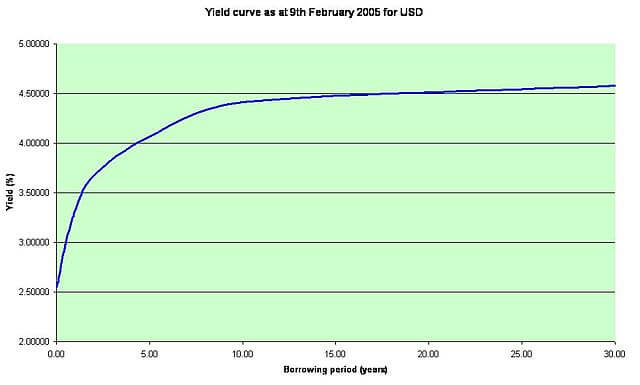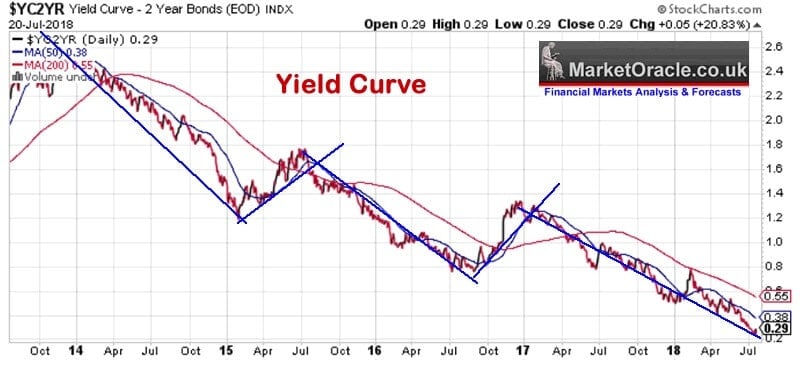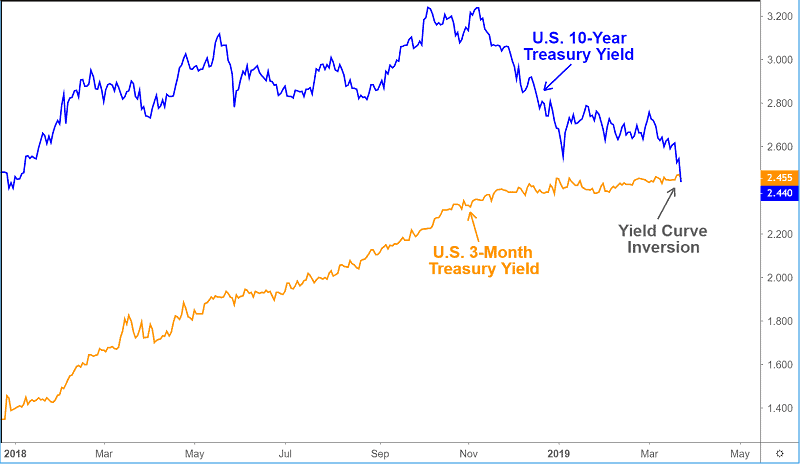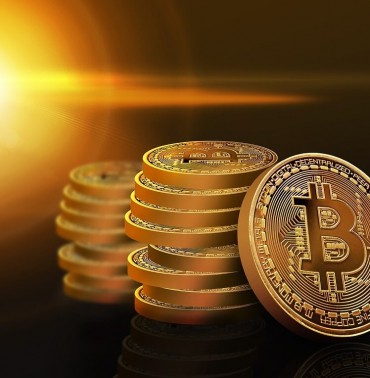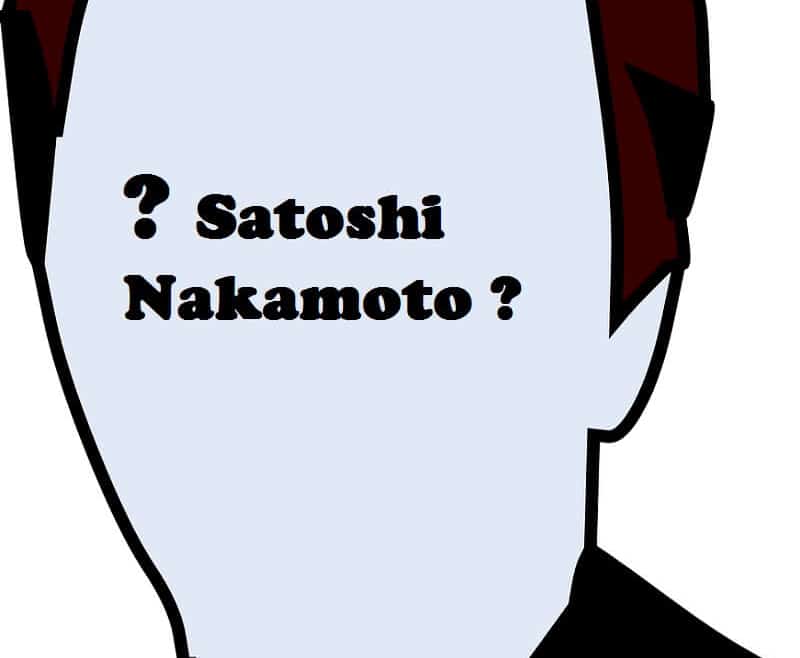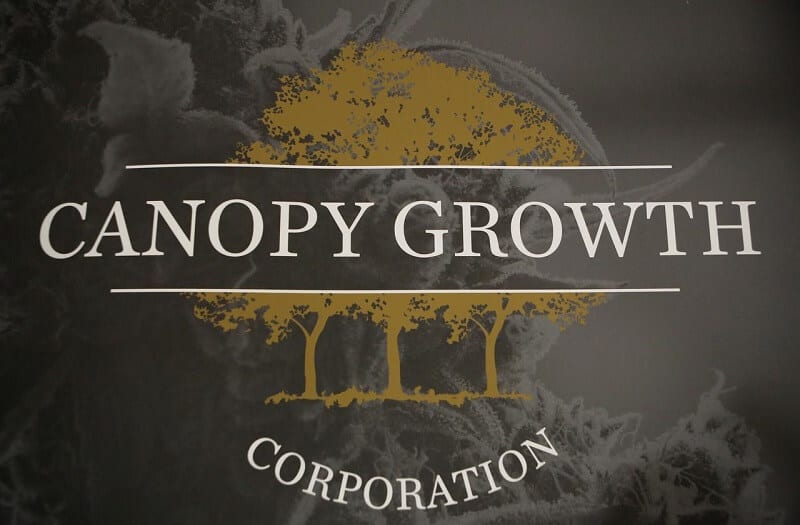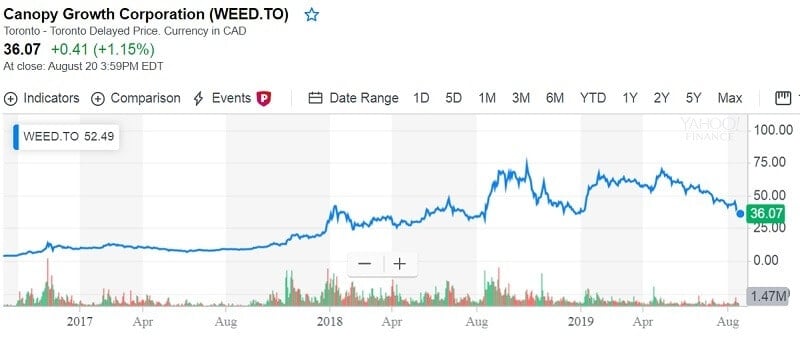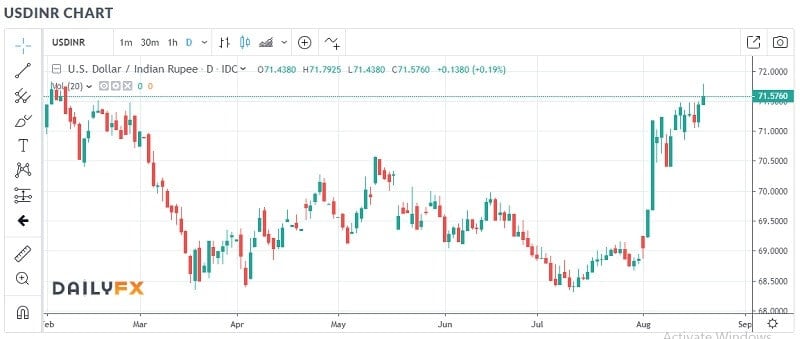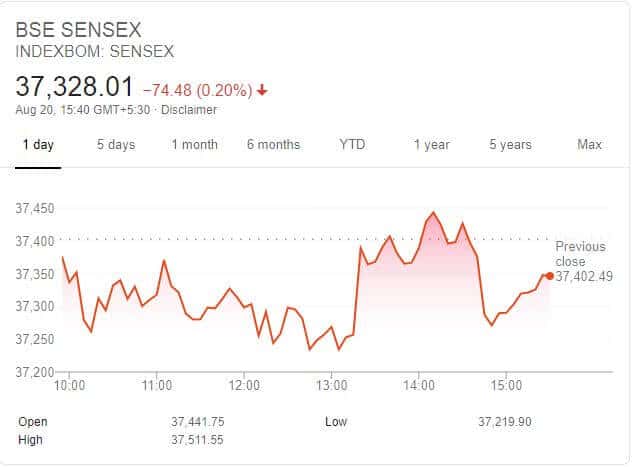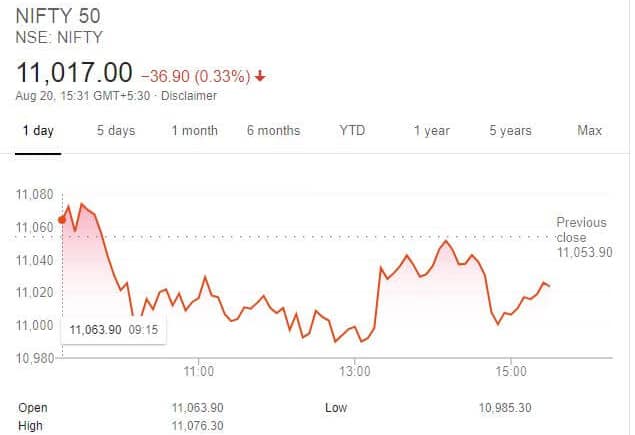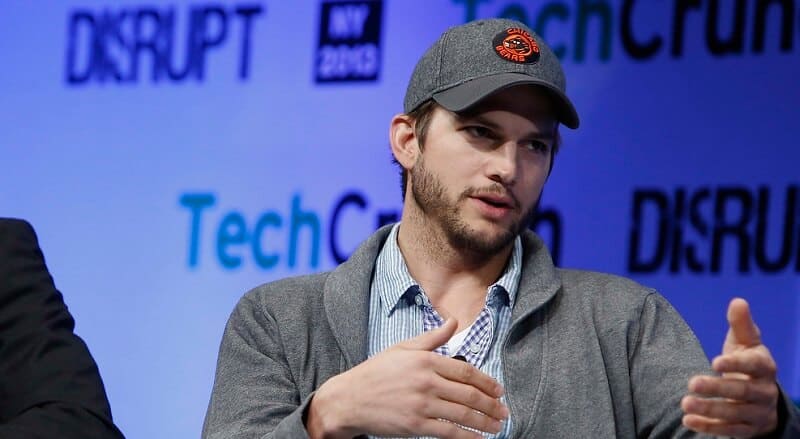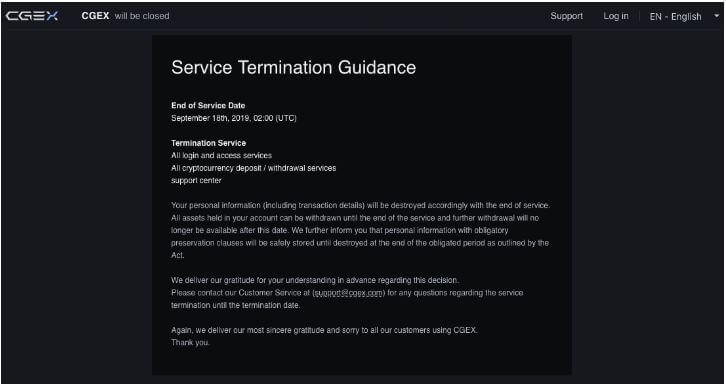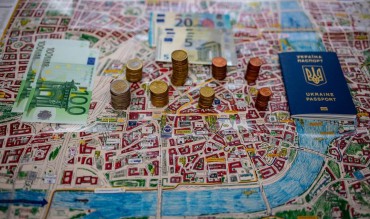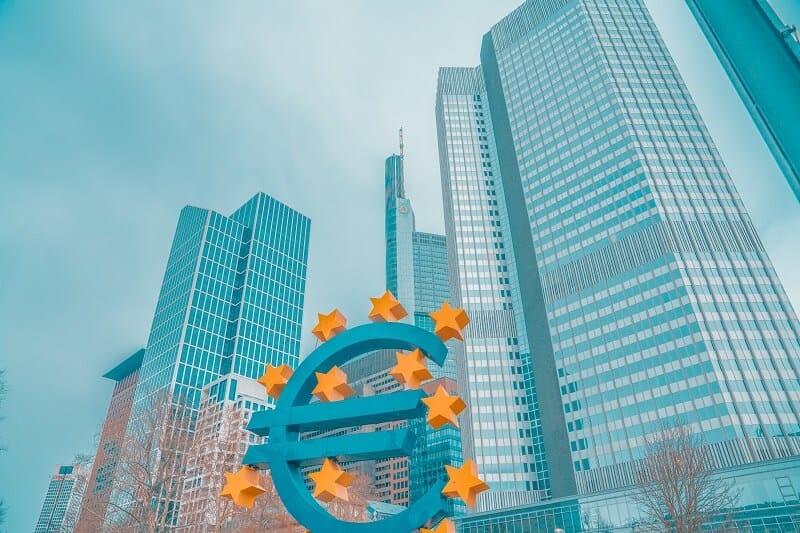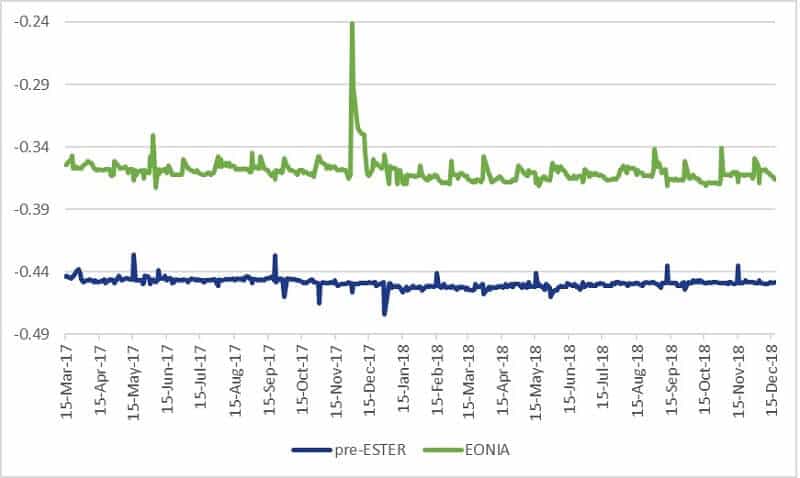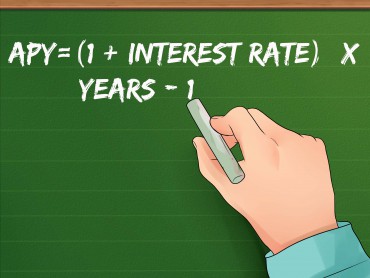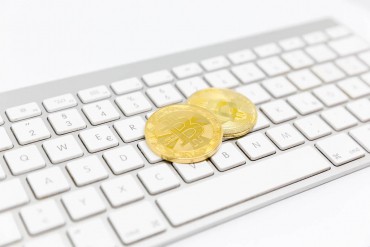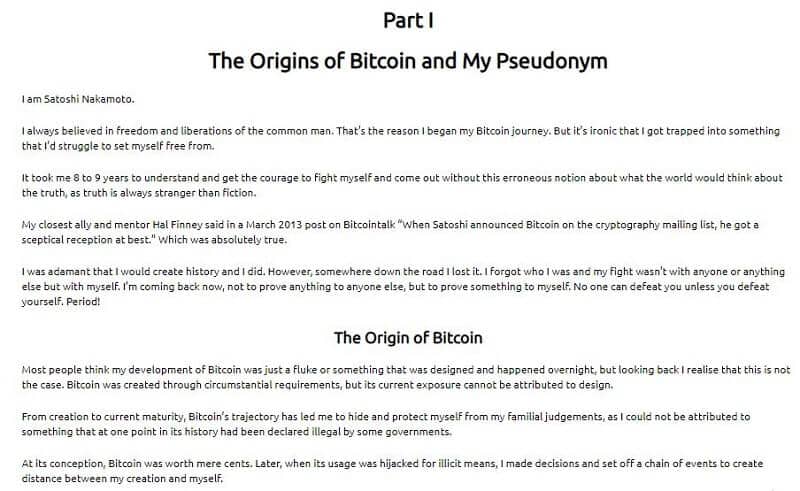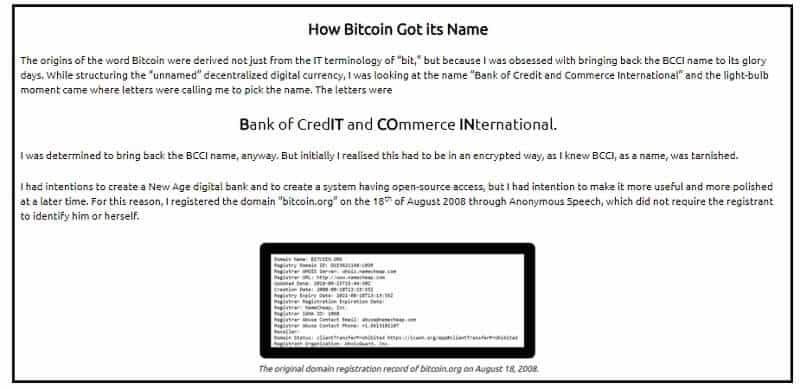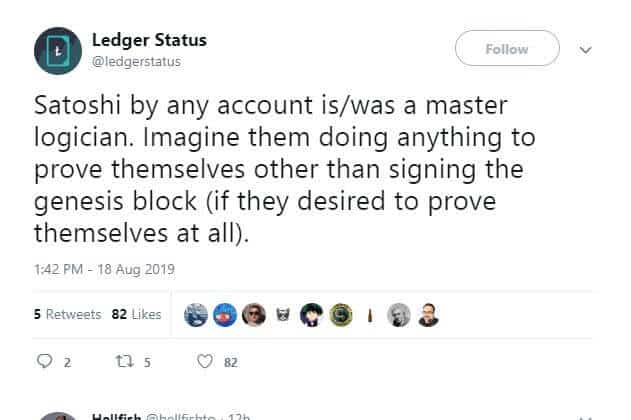
How is possible to predict stock market movements. Read to the end.
By Guy Avtalyon
Different gurus and many experts try to predict the stock market movements. Actually, they try to explain the stock markets by using many different theories. Sometimes, stock market predictions are more interesting than the last season of GoT which isn’t so hard, right?
Even if you are not a trader and you never traded stocks, the possibility to predict stock market movements is exciting. Imagine that you can do so. How much it can be beneficial to your financial status?
Real estate can be failed at its lows, money can be removed from mutual funds, anything can happen.
What we have to do when the markets start to turn around?
Maybe to invest in gold, oil, some other tangible assets? To leave crypto? To sell stocks?
Yes, when things rise to go bad, relocating money into tangible assets is a benefit. But is it possible to know the danger is ahead before it happens? How to successfully predict the stock market movements consistently over time?
Do you know the maxim that “past performance cannot predict future success”? The paradox of that saying is that it will come up to you just after your broker tells you how great that investment was acting in the past.
Wink-wink, bro! At some point, the future can be similar to the past. Even the same.
Stock markets go upward, stock markets go down
Why do stock markets do that? Well, it is easy to explain. When more buyers than sellers are in the market, the prices will go up and vice versa. When more sellers than buyers are in the market the prices will go down.
What provokes people to buy and sell? More often it is connected to the emotions than to logic. And here we come. The emotions are unpredictable. The stock markets are under the emotional influence, so they are unpredictable too.
And you may think it’s useless to try to predict stock market movements. Or they are created to be unpredictable. It is a partial truth.
We found this on investmentwarrior.com:
“If today’s market is up…there is a 73% probability of tomorrow’s market is being as well, and a 27% probability that tomorrow’s market will close down.
If today’s market is down…there is a 62% probability that tomorrow’s market will also be down, and only a 38% probability that the market will close higher.
Historically the market has advanced on 58% of all market days, demonstrating its overall historic upward bias.”
The future of the stocks in the market is a complex problem. Too many variables have to be calculated. Quantitative models, historical patterns, all failed.
The best prediction tools are our brains. It is a damn good forecast tool. But a human intellect cannot solve a mathematical equation so fast as a computer can. The human brain isn’t even close to the simple calculator. But the human brain developed powerful tools, machines, and algorithms. They can calculate very fast. Some of them will solve the most complicated formula in a sec.
Why predict stock market movements
Predicting stock market movements is possible. It isn’t a waste of time.
Experienced traders being a witness of a lot of market’s ups and downs, believe that the market will be equal, one day.
Let’s go back to the predicting tools.
There is something called “algo trading”. With AI you practically can have the possibility to make a profit almost for sure. How successful will you be, depends on the inputs you add to algo.
Can you predict how the bulk of traders would respond to some events? It can indeed be completely unpredictable.
Who want to predict stock market movements
They need to be sure they are investing in safe assets. Also, they have to know they will have fast and huge returns.
Here we come to algorithms. How? The historical data are extremely important for trading and investing, for predicting the stock market movements. Are you ready to spend days, weeks, or months to gather valuable results? Why would you torture yourselves? Instead, you can use some good stock predicting tool, very fast and reliable to calculate the final result, to show you where to invest, when to enter, and when to exit the trade.
Traders-Paradise is preparing – Find the Best Exit Strategy Algorithm
Traders-Paradise chooses to develop this tool because the exit strategy is maybe more important than anything in your trade. How is that? While you have many strategies and choices to enter the trade, the exit of trade can be done in only two ways: with lost or with profit.
To know when to exit your trade you will need a lot of data. The tool like mentioned one is the easiest way to obtain them. Also, at the same time, similar tools are going to help you to predict the stock market movements. This tool will estimate how far the price will move and ensure that your profit potential exceeds your risk. Without that data, it is impossible to predict when to exit the trade.
Traders-Paradise is preparing something for you from that field. You will see it soon and you’ll be able to use it. It is very useful and impressive. But, the best news comes last. You have to wait for a while but stay tuned




